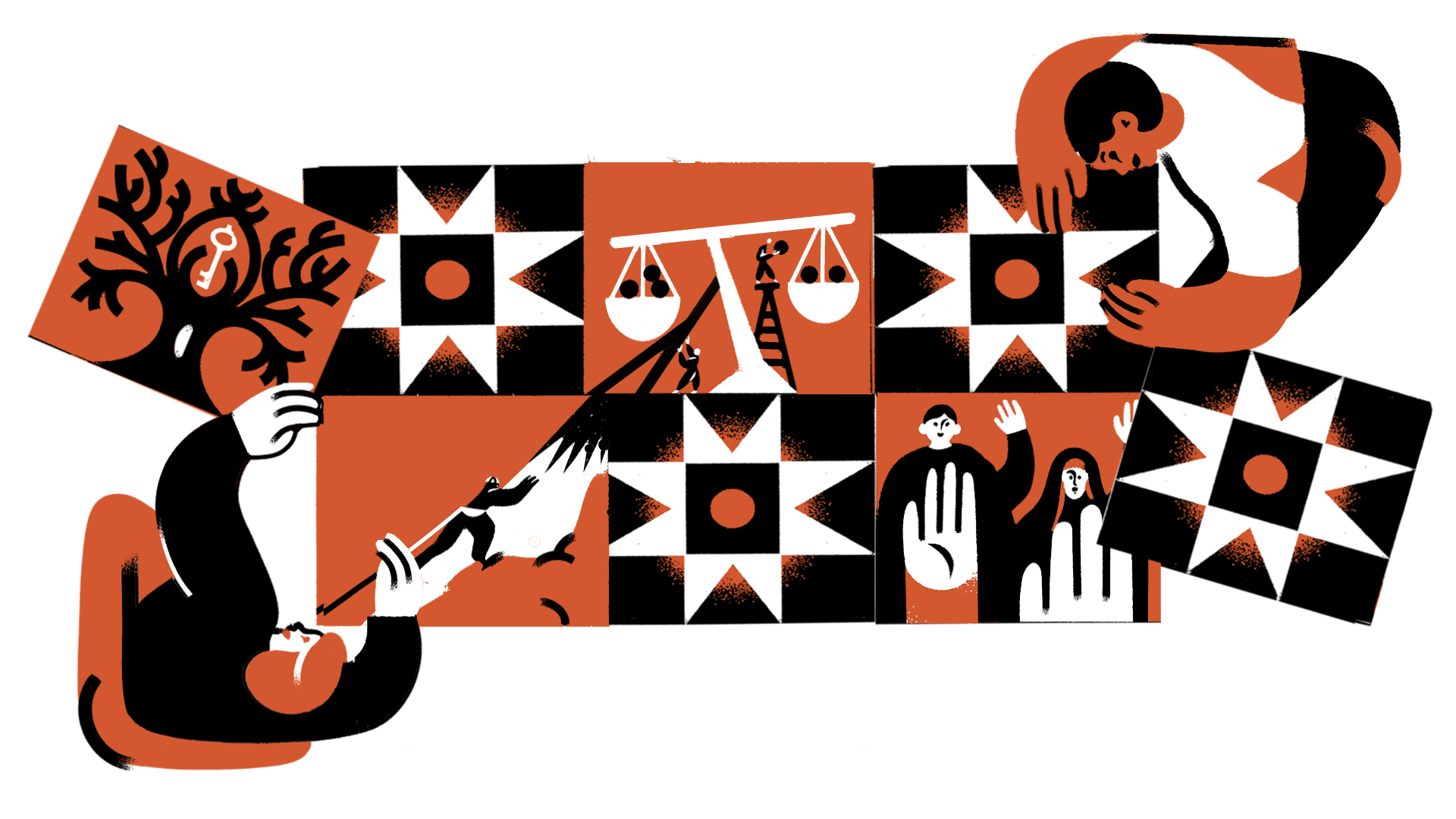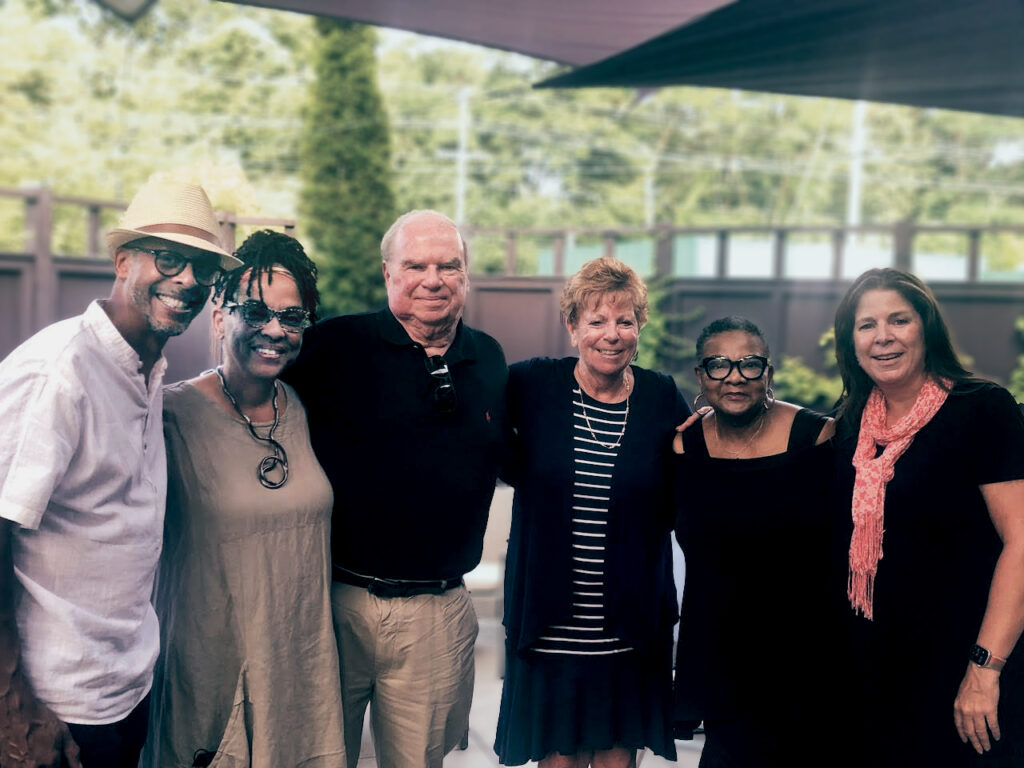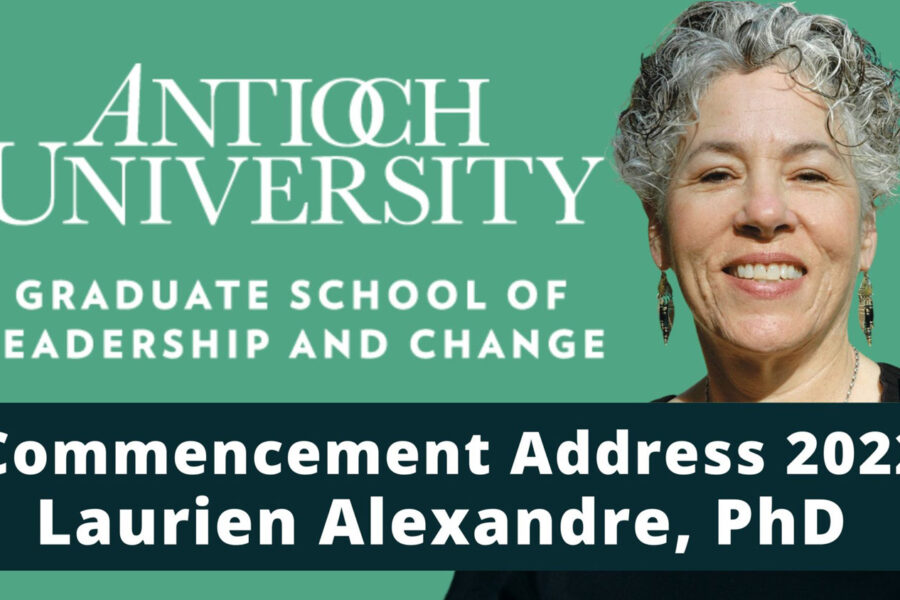
In the mid-1990s, a group of Antioch faculty and administrators began meeting to talk about the next big idea for Antioch University. Out of those multi-meeting conversations came the idea of a doctoral program that would prepare new generations of leaders to make transformative change in their fields and sectors. As they explored potential ways forward, they became convinced that beyond all the work that laid ahead there was an important program—and one that offered something unique in the field of American higher education.
“We wanted it to be a doctoral program like no other,” says Laurien Alexandre, who today serves as the Dean of the Graduate School of Leadership and Change, the school that came out of these discussions and that this year just celebrated its twentieth anniversary. At the time, though, she was serving as the Dean of Academic Affairs for the Los Angeles and Santa Barbara campuses. That gave her a close-up view of the successes that were being had by the low-residency MFA program founded in 1997 on the Los Angeles campus. She and Antioch University’s then-Chancellor Al Guskin asked, “Would it be possible to create a low-residency doctoral program?”
The idea was enticing. It would allow leaders from all across the country and internationally to enroll, studying at a distance and then gathering four times a year for in-person residencies. “That was about 25 years ago,” says Alexandre. “before online degrees were so commonplace.” But the new model faced hurdles. Without students living around a campus (and at that time there was no Zoom) they couldn’t hold traditional, semester-long courses. Instead students in the PhD in Leadership and Change would be awarded credit for demonstrating their learning as opposed to logging seat time in a class.
When it launched in 2002, the brand-new Leadership and Change program drew students and faculty from all over the country and even internationally.
The founding faculty included Jon Wergin, who, when he learned about the possibility of working at the GSLC, thought to himself, “It feels like a place where I can contribute with everything I have.” He found the opportunity to help build a program from scratch to be exciting. As he says, “It was this amazing sense of agency as a professional that got me.”
From the start, it was the community that drew people to join this program, both as students and as faculty. The face-to-face residencies four times a year were nourishing, but so too were the engagement between faculty and students over the rest of the year and the Professional Seminars and workshops that the program hosted throughout the year.
“There was something intriguing and so appealing, to be grounded in a community with visionary colleagues in an institution with a social change mission and a program dedicated to innovation,” says Elizabeth Holloway, another of the founding faculty. “It was the possibility to have colleagues with whom you can think together and play together, a collaboration and connection to foster a fullness of creative spirit.
However, at the time of its founding, the program’s model was so unprecedented that the authorizing and accrediting body was skeptical it would work. They asked questions like, How are you going to get the faculty to run the doctoral program? What do you mean no courses? How can you teach research methods without courses?
“As an experimental program, they basically said we had three years to prove ourselves because they really didn’t think we could pull it off,” explains Alexandre. “But we did!” When they returned to share their results with the accreditors three years later, explains Alexandre, “We blew their minds.” she says. They not only earned an extended approval of the program, but the accreditors asked Alexandre to present at future conferences about experimental doctoral education. The program surpassed expectations of what a non-traditional model of PhD education could achieve.
For the first faculty search—which advertised a position “if” the program was approved—drew only twelve applicants. Now, twenty years later, Alexandre says, “We just ran a new faculty search last year, and we had 460 applications. That’s a big jump from twelve.”

But that initial search yielded some of the most influential and beloved faculty who helped create the program. They became close colleagues and friends. They all collaborated on solving the many problems they encountered in creating this new learning model. For instance, when they realized they would have to make their own digital platform because all the available “learning management systems” at the time were designed for class-based learning, Alexandre and Holloway together with founding academic technologist Wendy McGrath gathered one morning in Holloway’s Austin, TX kitchen. They together drew pictures of what they wanted the program to look like and how the learning journey would flow. McGrath then turned that into their first digital platform.
“It was about how to visualize a learning community,” explains Alexandre. “We turned that into our desktop for what our community looks like today.”
The program kicked off on a cold January morning in 2002 with a residency held at the Seattle campus. Alexandre went around and gave hugs to all the first students of Cohort One that first day. They were embarking on something new and exciting together.
Twenty years later, many members of Cohort One still look back fondly on those early studies. Karen L. Gilliam, who is now the Chief Learning Officer at NASA, recalls how she was at first daunted by the breadth of her peers’ experience and expertise. But soon they became close-knit and supportive of each other. “Not too long after,” she explains, “we had a good laugh together as we shared those first thoughts.” They realized that each, individually, had wondered, “How did I get selected for this program with all these amazing individuals?”
Another alum of Cohort One, Beth Birmingham, who since co-founded BE Development Partners, remembers timidly walking over to other members of her cohort on that cold January morning. As Alexandre began giving her first talk, Birmingham remembers tearing up, as she thought of what it must be like for Alexandre to finally see so many years of work to come to fruition.
Gilliam, like others from her cohort, was drawn to the PhD’s low residency model—and for some in that first cohort, being pioneers in a new program was also exciting. Says Gilliam, “The PhD program spoke both to my head and my heart, leaving me with no other choice than to apply.” For Birmingham, meanwhile, she was glad she prioritized attending this specific program. “I loved everything about the design,” she says, “Easily the best decision I made was to wait for this program to launch and to be part of its inaugural cohort.”
The Graduate School has grown in many ways since then. Twenty years later, it offers four professional certificates alongside its flagship PhD. The diversity of the student body has grown as well as that of the faculty. The program has also exceeded the standards of its peers. The national average graduation rate for U.S. doctoral programs is about 50%, but students in the PhD in Leadership and Change graduate at a rate of about 80%. Says Alexandre, “We’re doing something right that we have that kind of graduation rate.”
The greatest sign of the program’s success and importance is the people who make up its student body and alumni—and the relationships that it has fostered. “The students have enriched my life for twenty years,” says Holloway. “They have offered me the joy of thinking, creating, and being in a relationship with them. I am proud to have chosen to be an Antiochian and to stand with them.”


